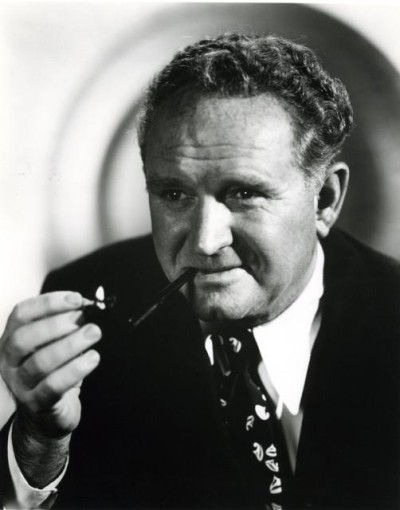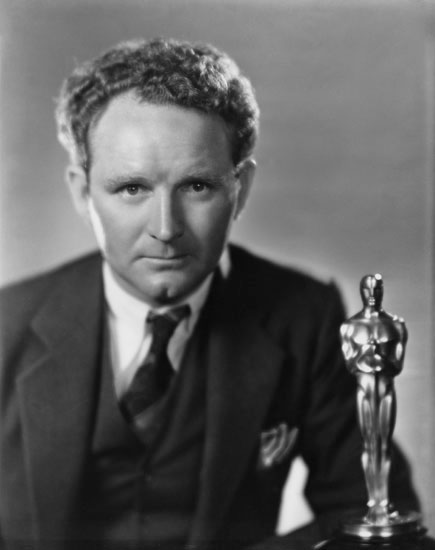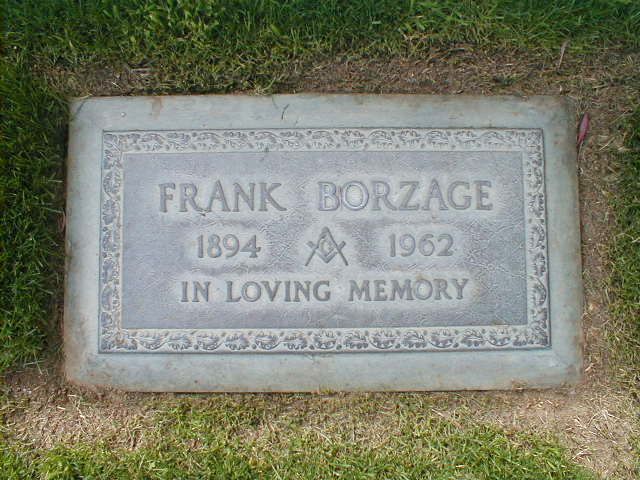Frank Borzage (Frank Borzage)

Frank Borzage’s father, Luigi Borzaga, was born in Ronzone, (then Austria-Hungary, now Italy) in 1859. As a stonemason, he sometimes worked in Switzerland; he met his future wife, Maria Ruegg (b. 1860, Ricken, Switzerland, – d. 1947, Los Angeles), where she worked in a silk factory. Borzaga emigrated to Hazleton, Pennsylvania in the early 1880s where he worked as a coal miner. He brought his fiancee to the United States and they married in Hazleton in 1883. Their first child, Henry, was born in 1885. The Borzaga family moved to Salt Lake City, Utah, where Frank Borzage was born in 1893 (according to IMDb.com), and the family remained based until 1919. The couple had fourteen children, eight of whom survived childhood: Henry (1885–1971), Mary Emma (1886–1906), Bill (1892–1973), Frank, Daniel (1896–1975, a performer and member of the John Ford Stock Company), Lew (1898–1974), Dolly (1901–2002) and Sue (1905–1998). Luigi Borzaga died in Los Angeles in a car accident in 1934; his wife Maria (Frank’s mother) died of cancer in 1947. In 1912, Frank Borzage found employment as an actor in Hollywood, and remained in the profession until 1917. His directorial debut came in 1915 with his film, The Pitch o’ Chance. On June 7, 1916, Borzage married vaudeville and film actress Lorena “Rena” Rogers in Los Angeles and remained married until 1941. In 1945, he married Edna Stillwell Skelton, the ex-wife of comedian Red Skelton; they were divorced in 1949. Borzage died of cancer in 1962, aged 68, and was interred in the Forest Lawn Memorial Park Cemetery in Glendale, California. For his contributions to film, Borzage was awarded a star on the Hollywood Walk of Fame.
Borzage was a successful director throughout the 1920s but reached his peak in the late silent and early sound era. Absorbing visual influences from the German director F.W. Murnau, who was also resident at Fox at this time, he developed his own style of lushly visual romanticism in a hugely successful series of films starring Janet Gaynor and Charles Farrell, including Seventh Heaven (1927), for which he won the first Academy Award for Directing, Street Angel (1928) and Lucky Star (1929). He won a second Oscar for 1931’s Bad Girl. Borzage’s trademark was intense identification with the feelings of young lovers in the face of adversity, with love in his films triumphing over such trials as World War I (Seventh Heaven and A Farewell to Arms), disability (Lucky Star), the Depression (Man’s Castle), a thinly disguised version of the Titanic disaster in History Is Made at Night, and the rise of Nazism, a theme which Borzage had virtually to himself among Hollywood filmmakers from Little Man, What Now? (1933) to Three Comrades (1938) and The Mortal Storm (1940). His work took a turn to religiosity in such films as Green Light (1937), Strange Cargo (1940) and The Big Fisherman (1959). Of his later work only the film noir Moonrise (1948) has enjoyed much critical acclaim. After 1948, his output was sporadic. He was the original director of L’Atlantide (Journey Beneath The Desert, 1961), but was too sick to continue, and Edgar G. Ulmer took over. Borzage was uncredited for the sequences he did direct. In 1955 and 1957, Borzage was awarded The George Eastman Award, given by George Eastman House for distinguished contribution to the art of film.
Born
- April, 23, 1894
- USA
- Salt Lake City, Utah
Died
- June, 19, 1962
- USA
- Hollywood, California
Cause of Death
- cancer
Cemetery
- Forest Lawn Memorial Park (Glendale)
- Glendale, California
- USA



